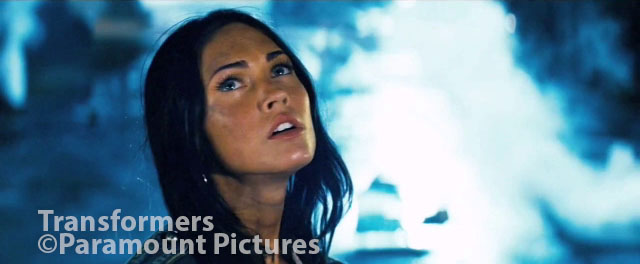|
In most professional cinema productions, the color palette of the
movie is painstakingly adjusted by a team of skilled colorists --
through a process referred to as color grading -- to achieve
a certain visual look. The time and expertise required to grade a
video makes it
difficult for amateurs to manipulate the colors of their own video
clips. In this work, we present a method that allows a user to
transfer the color palette of a model video clip to their own video
sequence. We estimate a per-frame color transform that maps the
color distributions in the input video sequence to that of the model
video clip. Applying this transformation naively leads to artifacts
such as bleeding and flickering. Instead, we propose a novel
differential-geometry-based scheme that interpolates these
transformations in a manner that minimizes their curvature,
similarly to curvature flows. In addition, we automatically
determine a set of keyframes that best represent this interpolated
transformation curve, and can be used subsequently, to manually
refine the color grade. We show how our method successfully transfer
color palettes between videos for a range of visual styles and a
number of input video clips.
|
 Full resolution PDF (37.1 MB)
Full resolution PDF (37.1 MB) Low resolution PDF (1.9 MB)
Low resolution PDF (1.9 MB) Supplemental PDF describing the curvature computation (203 KB)
Supplemental PDF describing the curvature computation (203 KB) Divx demo - 54 Mb
Divx demo - 54 Mb C++ code for computing our curvature in the Wasserstein space (304 KB)
C++ code for computing our curvature in the Wasserstein space (304 KB)  Additional results (278 MB)
Additional results (278 MB) 

